How Oil and Gas Drilling Animation Reduced Costs in Well Design
The oil and gas business is continually evolving, with new technology that increases efficiency and lowers prices. One such invention is oil and gas drilling animation, which has transformed well design by improving visualization, cooperation, and decision-making capabilities. Companies can use 3D modeling and simulation to optimize drilling operations, reduce hazards, and dramatically reduce costs.
The Traditional Challenges in Well Design
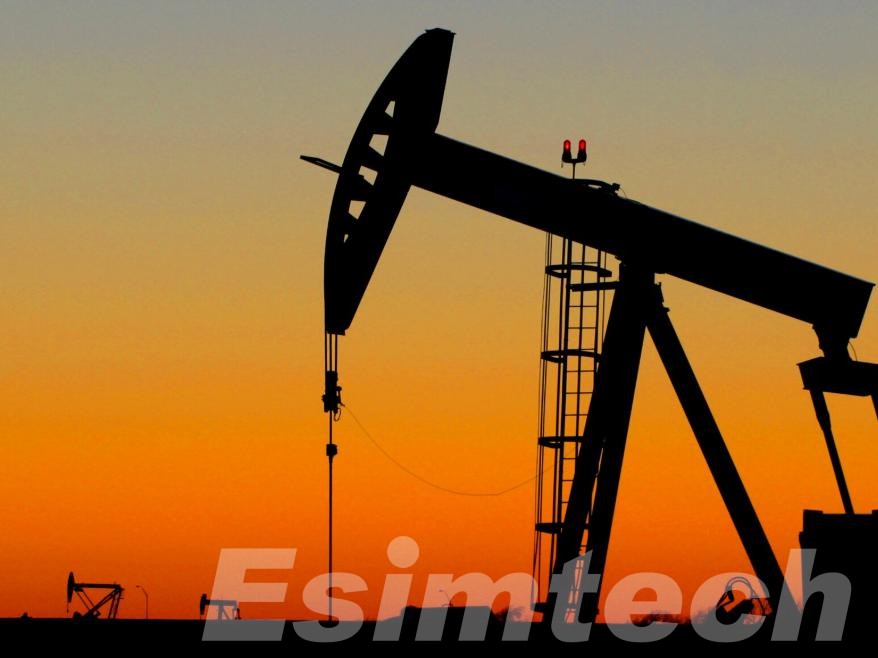
Designing an oil or gas well has always been an intricate and risky endeavor, presenting engineers with significant challenges that often led to increased costs, extended project timelines, and greater operational risks.
One of the greatest difficulties was understanding subsurface conditions completely. Teams relied on static data sets, seismic surveys, and two-dimensional drawings as sources of interpretation, leaving room for uncertainties or miscalculation.
Another key difficulty was communication among multidisciplinary teams. Geologists, drilling engineers, and project managers often worked separately using various tools and data formats, making alignment difficult, resulting in delays, redesign revisions, and budget overruns.
Predicting and managing risks such as pressure anomalies, unstable formations, or equipment failure was very difficult without dynamic visualization tools.
Traditional well-designed processes depended heavily on physical prototyping and manual simulations for their success. Unfortunately, both were costly, time-consuming, and often failed to accurately replicate real world conditions; as a result, small design flaws often went undetected until drilling operations had already started, resulting in expensive mid-project changes or, worse still, catastrophic failure.
The Role of Animation in Oil and Gas Drilling
Oil and gas companies have quickly adopted 3D animation and simulation as an innovative solution for well design and drilling operations. Digital animation offers an interactive way of visualizing drilling processes before their execution, providing more insight than static blueprints can.
Engineers using advanced modeling software are capable of creating highly accurate simulations of wellbores, rock formations, and drilling equipment using animation software. This enables teams to:
- Test different drilling scenarios under varying geological conditions.
- Analyze fluid dynamics, pressure changes, and equipment performance in real time.
- Detect potential hazards, such as wellbore instability or casing failures, before they occur in the field.
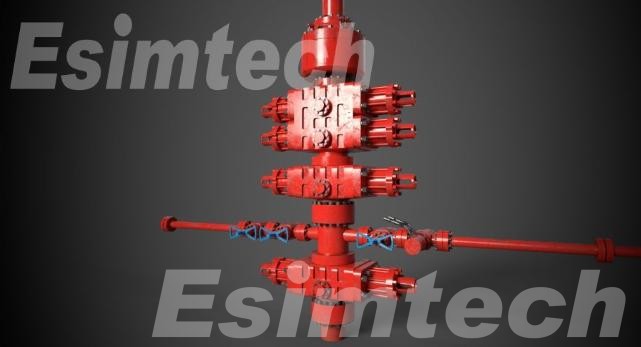
Drilling animations provide another method for multidisciplinary teams to collaborate effectively, including geologists, drilling engineers, and project managers who can all review a 3D model to ensure everyone agrees on its design. Furthermore, cloud platforms enable remote collaboration, eliminating in-person meetings while speeding decision-making processes.
As well as planning, these animations can also serve as training and safety demonstrations, helping crew members understand complex procedures prior to entering a rig site.
Companies using oil and gas drilling animation can reduce costly errors, increase efficiency and cut down non-productive time, making this tool indispensable in modern well design.
How Oil and Gas Drilling Animation Reduces Costs
Oil and gas drilling animation has introduced a powerful way for companies to cut costs while improving the quality and efficiency of well design. By providing detailed, dynamic visualizations of drilling operations, animations help project teams make better decisions, reduce risks, and streamline processes that traditionally consumed a lot of time and money.
Design Optimization
Oil and gas drilling animation enables engineers to test and optimize well designs virtually before physical drilling begins. By using 3D modeling and simulation, teams can analyze multiple well trajectories, casing designs, and drilling parameters before selecting the optimal strategy, eliminating expensive trial-and-error methods in the field.
Simulations that mimic downhole conditions–such as pressure changes, rock stresses, and fluid dynamics–help engineers optimize wellbore stability and equipment placement using animations. Engineers can adapt drilling paths in real time to avoid hazards like unstable formations or existing wells while reducing redesign costs significantly.
Predictive modeling also assists with forecasting equipment wear and drilling speed, providing better resource allocation. This leads to reduced design revisions, decreased material waste, and a streamlined drilling process–resulting in cost savings across the board.
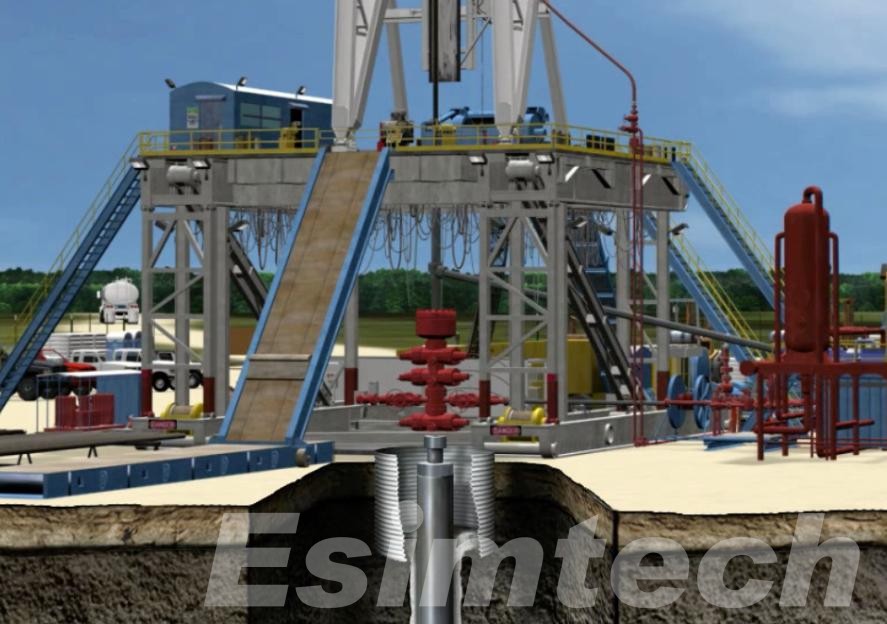
Improved Decision-Making and Collaboration
Drilling animations transform complex geological and engineering data into interactive 3D visuals, making it easier for stakeholders to understand and evaluate well plans. Unlike static 2D blueprints, animations provide a realistic, dynamic view of the drilling process, helping teams visualize challenges and solutions.
Cloud-based collaboration tools allow geologists, engineers, and investors to review the same model in real time, regardless of location. This reduces delays caused by miscommunication and ensures alignment before drilling begins.
Moreover, virtual drilling simulations enable “what-if” scenario testing, allowing teams to compare different strategies and select the most cost-effective option. By facilitating faster, data-driven decisions, animations help avoid costly last-minute changes and keep projects on budget.
Reduction in Physical Prototyping
Traditional well design required costly physical prototypes to test equipment fit and drilling feasibility, but now with 3D animation, companies can simulate entire drilling operations digitally without incurring additional expenses for costly mock-ups.
Animations allow engineers to virtually test drill bits, casing strings, and rig setups before manufacturing begins and identify potential clashes or inefficiencies in advance, thus saving material waste and labor costs associated with building physical models.
Digital twins of drilling equipment can also help companies predict maintenance needs, prolonging its lifespan and lowering replacement costs. By moving from physical prototyping to virtual prototyping, companies reduce pre-drilling expenses while improving design accuracy.
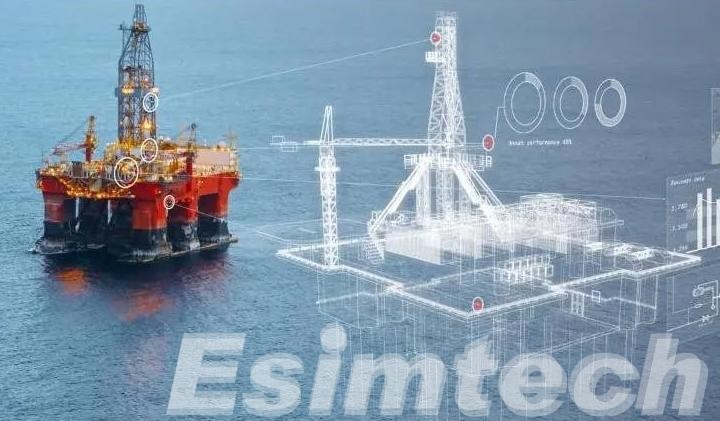
Minimized Risk of Delays
Unplanned downtime is one of the leading cost drivers for oil and gas drilling operations. Animation helps identify risks early, mitigating them quickly to prevent expensive delays.
By simulating drilling sequences, teams can identify potential bottlenecks such as equipment failures or geological barriers and make necessary changes proactively, cutting non-productive time (NPT) by eliminating unexpected complications.
Animations also increase project scheduling accuracy. Engineers can more precisely estimate drilling speeds, tool performance, and completion timelines, thus preventing budget overruns due to extended rig rentals or contractor fees.
Predicting challenges that could impede operations is essential in risky environments like deepwater or unconventional drilling, with fewer disruptions leading to faster project completion and reduced overall costs.
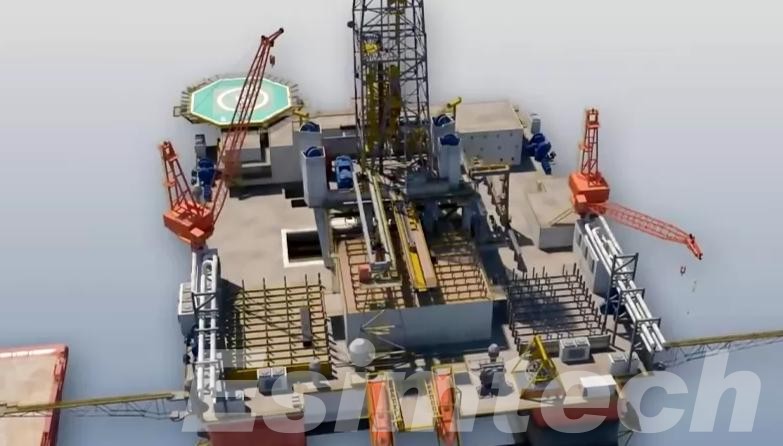
Wrapping Up
Oil and gas drilling animation has revolutionized well design by providing clear and detailed visualizations that enhance understanding, optimize designs, and streamline collaboration. By eliminating physical prototypes, minimizing risks, and supporting better decision-making, animation technology significantly cuts costs while improving project outcomes. As this industry evolves further, companies that leverage advanced animation tools will be better prepared to design smarter wells faster and more cost-effectively than ever before.
